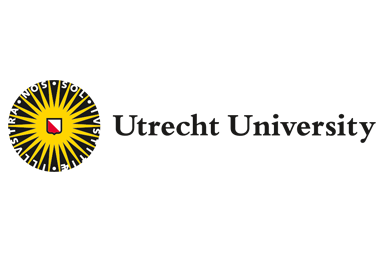Utrecht University: Transition to Circular Textiles in the Netherlands – An innovation systems analysis
De fashion industry has significant environmental impacts. The transition to circular textiles to reduce the environmental impacts of the fashion industry could be a solution. This means designing clothes that last longer, re-use of discarded clothes and recycling of the textile fibers. All these strategies may lead to a strong reduction in material use in the fashion industry and thereby positively affect the environmental impacts of this sector. The Dutch government is very ambitious by setting a strict target: a 100% circular textile industry by 2050. So how far along are we? “To answer that question, we analyzed the current state of affairs”, says Marko Hekkert, chairman of the Copernicus Institute of Sustainable Development of Utrecht University.
Hekkert explains, “Designing clothes that last longer is not a popular development. We hardly see any progress in this area.” In contrast, second-hand has lost its dusty image. “Our study shows that the re-use of already worn clothes is doing quite well. Many shops sell secondhand clothes and new internet-based platforms accelerate these developments,” according to Hekkert. “However, the use of recycled fibres is not doing well. We observe a paradoxal situation where the conservative fashion industry publicly endorses the transition to circularity but does not demand novel textiles based on recycled content. Therefore the business case of innovative firms to develop these textiles is not sufficient to quickly upscale production. This leads to a very slow transition process.”
Advice
“We advise the Dutch government to intervene by forcing the fashion industry to use textiles with recycled content,” says Hekkert. “This can be done via a labeling system that tells customers how much recycled content is present in the clothes they buy, a levy on clothes that is dependent on the share of recycled content or legislation that sets standards for minimum content of recycled fibers. But the scaling up of production also needs attention. “The earlier mentioned levy on clothes needs to be invested smartly in upscaling the niche developments that are already present and investments are needed in intermediary organizations that facilitate collective learning and experimentation. Efforts must also be made to achieve a better exchange of state of the art knowledge,” concludes Hekkert. There is still much to be gained before the Netherlands meets its target, but we are on our way.

